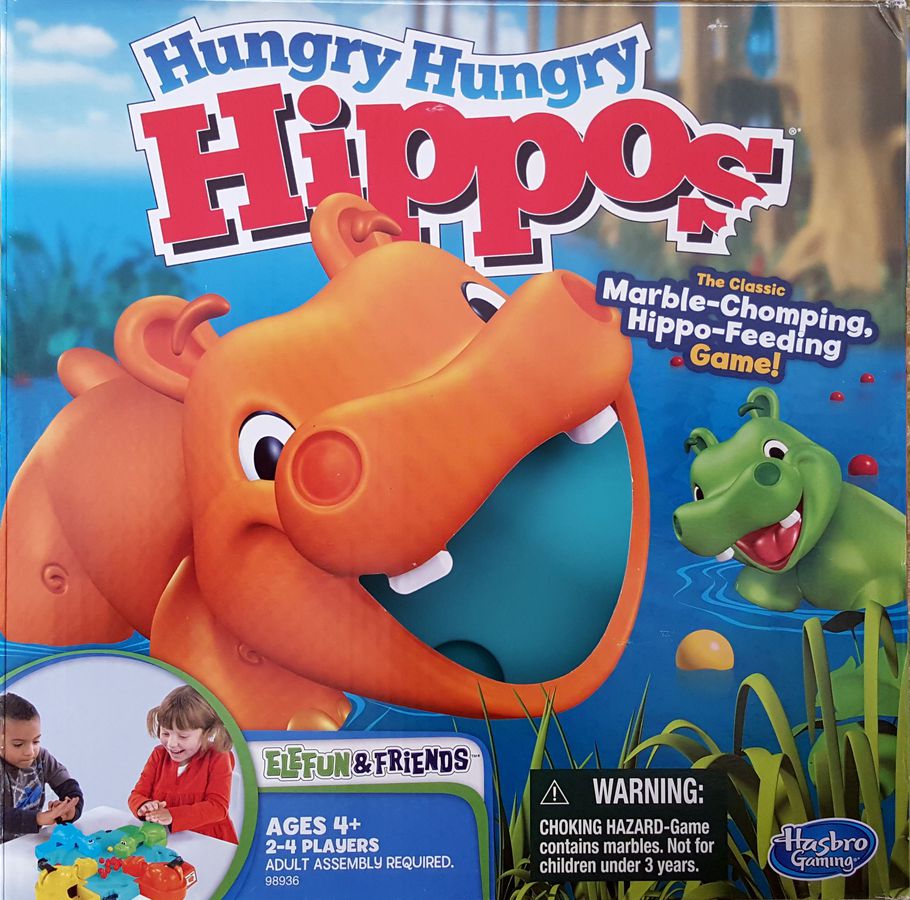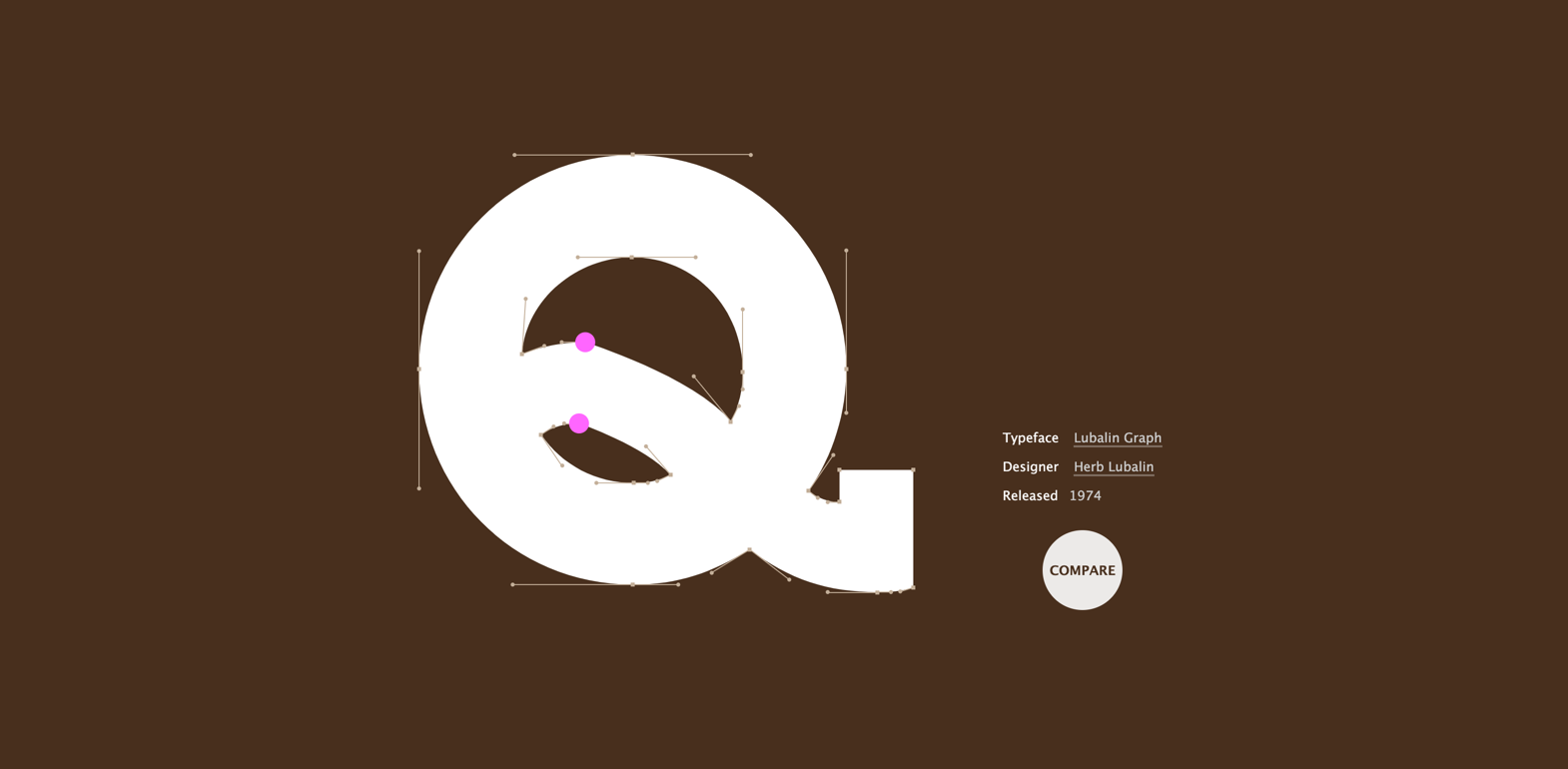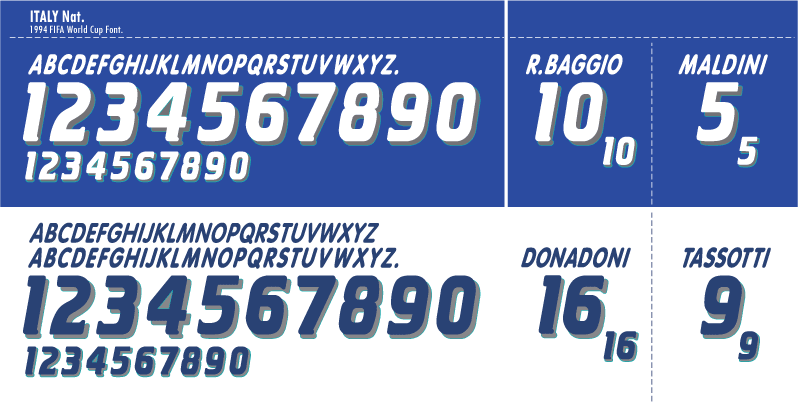

The new design made its debut in The Times on 3 October 1932. The main change was that the contrast between strokes was enhanced to give a crisper image. Morison proposed an older Monotype typeface named Plantin as a basis for the design, and Times New Roman mostly matches Plantin's dimensions. This matched a common trend in printing tastes of the period. It has become one of the most popular typefaces of all time and is installed on most personal computers.Īsked to advise on a redesign, Morison recommended that The Times change their text typeface from a spindly nineteenth-century face to a more robust, solid design, returning to traditions of printing from the eighteenth century and before.

It was commissioned by the British newspaper The Times in 1931 and conceived by Stanley Morison, the artistic adviser to the British branch of the printing equipment company Monotype, in collaboration with Victor Lardent, a lettering artist in The Times's advertising department. It was originally named Neue Haas Grotesk, but the German Stempel foundry renamed it Helvetica in 1961 when they produced different versions of it.Times New Roman is a serif typeface. Max Miedinger and Eduard Hoffmann designed it at the Haas Foundry in Munchenstein, Switzerland. This is the oldest font in this list because it was designed in 1957. It resembles the Trebuchet and Calibri fonts. Open Sans is another humanist Sans-Serif font that Steve Matteson developed between 20. It was also designed for legibility on computer, phone and tablet screens. It has a similar appearance to Trebuchet, particularly the lowercase G. This font was released in 2007 as a Microsoft 365 (formerly called Office 365) default font in Word, Excel and Powerpoint. It is “a humanist sans-serif font” that was “designed for easy screen readability” and it is also inspired by sans-serif fonts from the 1930s. Vincent Connare designed the Trebuchet font in 1996. Its rounded appearance in a few capital letters and most of its lowercase letters makes it “ideal for children’s books, school use, and language teaching.” Its sans-serif format makes it legible for dyslexics. Century GothicĬentury Gothic was designed in 1990 and it is influenced by geometric sans-serif styles from the 1920s and 1930s. “to address the challenges of on-screen display, particularly in small sizes in dialogue boxes and menus. This font is similar in appearance to Verdana except that the letters appear taller. Matthew Carter also created the Tahoma font for Microsoft in 1995 and it was re-released in 2006.

It was designed for legibility on computer, phone and tablet screens as well as legibility in printed form. Verdana was designed by Matthew Carter in 1994 and released by Microsoft in 1996. While a lot of people have scorned at this font for being childish and unprofessional, it is still legible for people with dyslexia because as its name suggests.

It was inspired by typefaces used for comics and graphic novels. Vincent Connare created this font in 1994. Our blog contributor April uses this font to type Microsoft Word documents because she thinks it is an easy font for those with dyslexia to read. Robin Nicholas and Patricia Saunders created the font for IBM in 1982. This is a very popular sans-serif font that is legible for dyslexics. Ablerado Gonzalez created this font in order “to help dyslexic readers.” 2. It is considered dyslexia-friendly because it is mostly sans-serif. We have used this font in the thumbnail designs for our YouTube videos. Here are our top dyslexia-friendly fonts: What are the best dyslexia fonts? 1. A dyslexia-friendly font is a font that is easy for people with dyslexia to read.


 0 kommentar(er)
0 kommentar(er)
